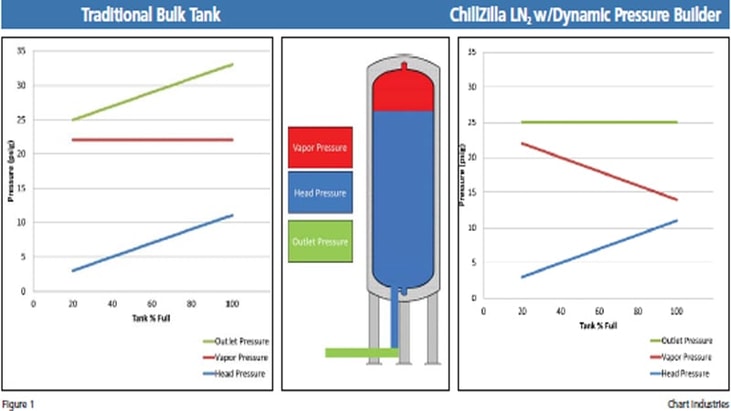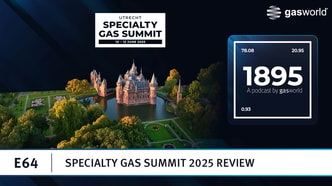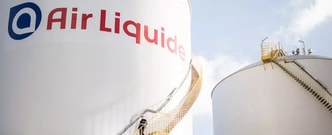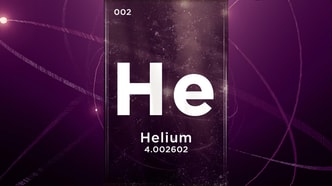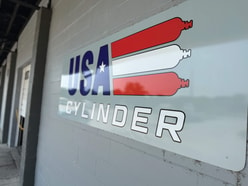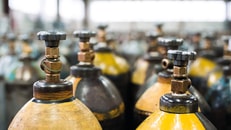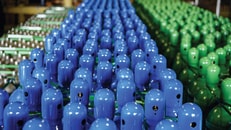Introducing ChillZilla – Chart’s New Liquid Nitrogen Supply Management System
A wide variety of liquid applications ranging from food freezing to cryo-biological storage repositories to government lab test facilities can consume large volumes of liquid nitrogen (LN2) at low pressure. Historically these applications have been few in number when compared to the plethora of nitrogen gas applications, so the LN2 servicing solution has been to use a modified standard bulk tank initially set up for gas service.
Modifications to standard tanks include adding a vacuuminsulated pipe (VIP) liquid withdrawal to reduce the heat leak into the liquid and adding a back-pressure regulator to control the topend pressure of the tank.
While these solutions have been used for years for LN2 applications, they have limitations that can adversely affect the quality of the liquid supplied at the use point. For example, the VIP liquid withdrawal is not always specified, which results in ice forming on the piping—a clear indication of unwanted product losses. Used tanks, which are often installed, may not have the VIP liquid withdrawal feature at all, plus used tanks tend to have poor thermal performance, which again creates unwanted product losses. The regulators on standard tanks can be hard to set and have large dead-bands between opening and closing, preventing tight control of the liquid conditions. For the pressure builder, which controls the pressure in the vapor space (ideal for gas withdrawal), the existing design that comes with the standard tank may be undersized for LN2 applications.
These limitations can prove to be expensive to LN2 application processes. Failure to install a properly designed and manufactured bulk tank for storing and dispensing liquid with consistent quality causes wasted energy in lost cooling power as there is no economizer circuit in liquid service! Poor control of the liquid conditions in modified standard tanks allows the outlet pressure to fluctuate so wildly that many times customers cannot utilize the lower one-third of the tank’s capacity. This problem stems from the reduction in tank outlet pressure (tank vapor + liquid head pressure) at the liquid withdrawal point, which leads to a reduction in liquid flow rate at the application and results in inconsistent cooling.
... to continue reading you must be subscribed

